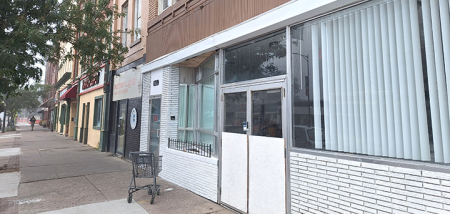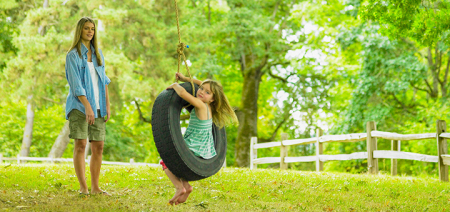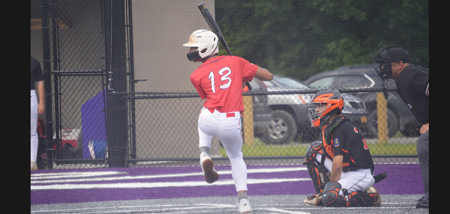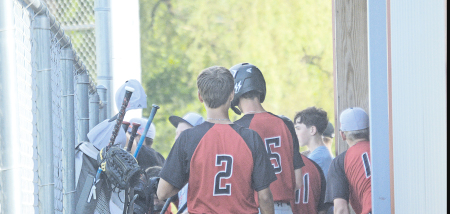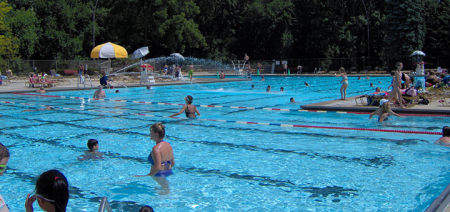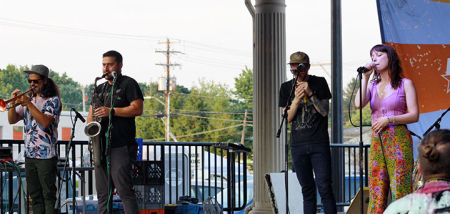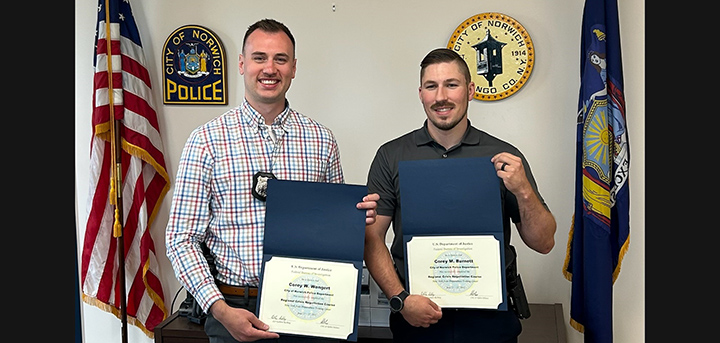PROGRESS 2021 – Robert J. Mackey, Superintendent UV Schools: Hindsight Is 20/20: What Did We Learn?
Published:
February 11th, 2021
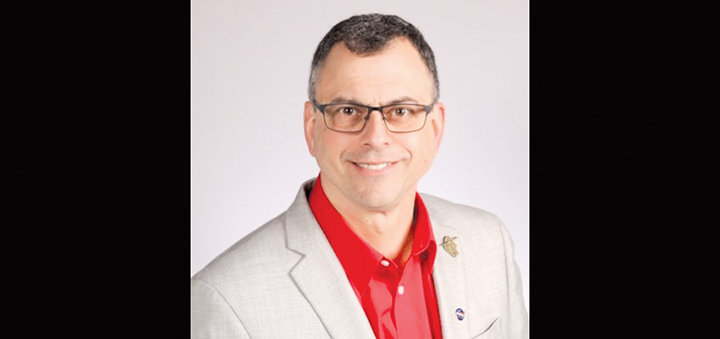 Robert J. Mackey, Superintendent Unadilla Valley Schools
Robert J. Mackey, Superintendent Unadilla Valley Schools
By Robert J. Mackey, Superintendent Unadilla Valley Schools
“Hindsight is 20/20. The question is, what have you learned from this?” I can still hear my dad’s voice behind that statement. As a teenager, I had a great deal of energy, what might even be perceived by someone who didn’t know me as an inability to focus. School never came easily for me; the systems and structures didn’t engage my mind.
In 1984, a professor at the State University of Oneonta invited me to attend a panel discussion for his course, Introduction to Teaching. I was taking the class with a different professor--you can imagine the type. He stood in in front of the room and talked to us for 50 minutes about what teaching was, how to do it, and why it was important.
To this day I remember nothing about his class; however, at Dr. Meanor’s suggestion, I went to the panel discussion that evening. A few teachers, student teachers, and principals spoke. That’s when I learned I wanted to be a social studies teacher. This panel engaged my mind and brought full circle my dad’s saying, “Hindsight is 20/20.” It all became clear to me. School needed to be different for kids like me. I needed to get my hands dirty in the learning, to be an active participant. More importantly, I connected it to my high school friends and peers, realizing that they might have benefited from more active, engaging learning experiences, too.
As I reflect on those times, I’d like to say I never questioned my decision to become a teacher, but that couldn’t be further from the truth! The lure of money and the frustration of being told what I needed to know and having to spit it back out on final exams in my college courses nearly influenced me to drop out of college as I entered my junior year. It was mid-August 1985. Sitting at the picnic table with my dad, I shared my frustration with college. I mentioned I might not go back but go to South Carolina instead to work for my brother in construction.
Dad listened, asked a few questions getting me to elaborate on my ideas to work and make money rather than spend it on college. I was only the third kid of the ten he and mom raised to attend college.
Finally, he looked me in the eye and said, “You’re a smart kid. Sure, you can swing a hammer and make good money. But when you get to be my age you won’t be able to climb on roofs to make money. Tomorrow, you’re going to get in that car and go back to school and finish what you’ve started so you can do more things I’ve never been able to do.” I knew I needed to go back.
I like to say that my dad was a graduate of the 8th grade during the Great Depression. He had no choice but to work and earn money so his mom, brother, and sister could survive those times. His education, like many of the Greatest Generation (as Tom Brokaw called them) was the school of hard knocks. He simply wanted better for his kids, as I do for mine and everyone else’s. Hindsight really is 20/20.
I loved teaching. Few things I have ever done took so much energy, and nothing I have ever done gave me back that energy times 10! I had fun in the classroom, was involved in coaching and advising, attended plays, concerts, and games, all to get to know my students better.
I wanted school for them to be what it wasn’t always for me. I wanted it to engage their minds and for learning to be fun. One day two principals at my school suggested I take a few administrative classes while in graduate school.
I did and learned something pretty important. For a social studies teacher, even this math was easy. If I could be a school administrator with the same energy and passion for learning as I had for teaching and connecting with kids, I could help hundreds and even thousands of kids get more out of school! However, the whole school had to become more like my classroom; active, a bit loud, fun, and student centered. I have always imagined what could keep me attentive and tried to make that the atmosphere of learning in my classroom. I wondered how could I do that as a principal?
First, dispel the myth that the principal alone ran the school building. Second, ensure that everyone believed our building culture had to be student centered, and third, that all students can learn. There were some bumpy roads and detours along the way; I learned that change isn’t easy for adults. But the results were undeniable. Student achievement reached unprecedented levels; the graduation rate become consistently 100 percent (No dropouts or “non-completers”). That really wasn’t an effect of NCLB on our district; it was the connections our teachers had with the kids and community. We were able to figure out ways to keep kids in school, to make a high school diploma and beyond something within every kid’s grasp.
No required test could ever motivate kids to learn or teachers to change. Only a collaborative culture could.
I remember the excitement as we stood at the doorstep of the 21st century hopeful for positive change and growth in public education, not knowing what NCLB would usher into the institution. Here we are, 21 years later, in the midst of a pandemic that has bombarded teaching and learning with change unlike any federal or state mandated reform movement has ever delivered in the history of centralized schooling.
Reflecting on my years at Unadilla Valley, one focal point was the creation of a collaborative culture focused on learning, action, and results. Teacher teams meet regularly around student achievement data, and based on how the kids are learning, they design and deliver intervention or enrichment. Then they reassess the level of learning to ensure all students learn at high levels. We have been doing this work together for nearly 14 years. This collaborative culture has influenced the work of our leadership team immensely; it was never more apparent than it has been since March 13, 2020 when we met as an entire district staff to prepare for the inevitable, remote learning due to the COVID-19 virus infection rate. Change bombarded teaching, learning, feeding and so much that weekend and in the weeks and months that followed.
No one’s life is without change due to this pandemic; but public education has been turned upside down and inside out. I have always been proud of the efforts of our students and staff each day at UV, but during this time their efforts to reopen and stay open have been nothing short of monumental. Our goal was to open for kids and staff and attempt to provide sports and other extracurricular activities as well. We began meeting in late May and had our reopening plan ready to submit prior to the state deadline. It was a huge lift that required many teachers, support staff, administrators, health office staff, and school board members.
We hosted nearly a dozen family meetings for input and training on learning platforms before opening our doors to students on September 7. While nothing is ever perfect, our reopening has worked well due to the continued focus on collaborative leadership, ongoing monitoring of the reopening plan in action, and adjusting our work as necessary. We work together to ensure communication is clear, consistent, and timely to our stakeholders.
There is nothing more fulfilling in a long career than being on a team so focused on ensuring learning, caring, and safety are the true north of our school reopening. And, we still have efforts to make. We are advocating for sports to begin immediately under strict restarting criteria. Bowling started last week as a virtual head-to-head match livestreamed to the bowlers’ families. We want more opportunities for kids and staff to connect; the future is still bright, and together we can make our way!
We realized during this pandemic that learning is a personalized journey for kids and that connecting with kids and engaging them are at the heart of successful learning. Connecting with families has emerged as integral to ensuring all students learn at high levels. If you’ve been an educator or parent, you’ve always known these are the keys to raising productive citizens. Somewhere along the way as we’ve increased testing, continuously changed learning standards, and tried to use school, teacher, and principal “accountability” scores as a means politically to whip public education to greatness, we have forgotten the importance of the human connection.
This is an amazing opportunity to transform our institution. We have reopened schools during a pandemic with little guidance from any governmental entity. No mandates and no help, during a teacher and administrator shortage unlike education has ever experienced; where fiscal resources are threatened and even taken away; where supplies and equipment take weeks longer to arrive than ever before.
Through all of this, local school boards and school staff have worked collaboratively to bring the magic of learning to life every day for millions of kids. Imagine what we can do with fewer mandates from above! Why can’t all students have an option of blended learning rather than only seat time to complete classes? This would open up time in daily schedules for work-based apprenticeships, earning advanced certificates and college degrees in high school; open time for new electives without adding personnel or time to the day.
Bringing back the human connection, giving back local control of our schools, using technology and the lessons learned in this pandemic reopening to better personalize learning and engage students and families will ensure that all kids are more successful than we were. This is that once-in-a-lifetime chance to be an educator. What will we do with it? Hindsight is 2020.
Comments
